Big adventures abound in Tanzania. The largest country in East Africa, its borders encompass Mt. Kilimanjaro, the highest mountain in Africa; Lake Victoria, the continent’s biggest lake (and a primary source of the Nile River); and the largest animal migration on the planet. Oh—and it’s home to the most lions in the world!
Tanzania’s Great Migration & Ngorongoro Crater safari is an adventure with a purpose. Both the unkempt, tangled wilderness of the Serengeti and the depth and diversity of the Ngorongoro Crater have captivated intrepid explorers for centuries. Visiting the country today is a vibrant adventure that focuses on the urgency of conservation while exploring the thrilling landscapes that reconnect us with the natural world.
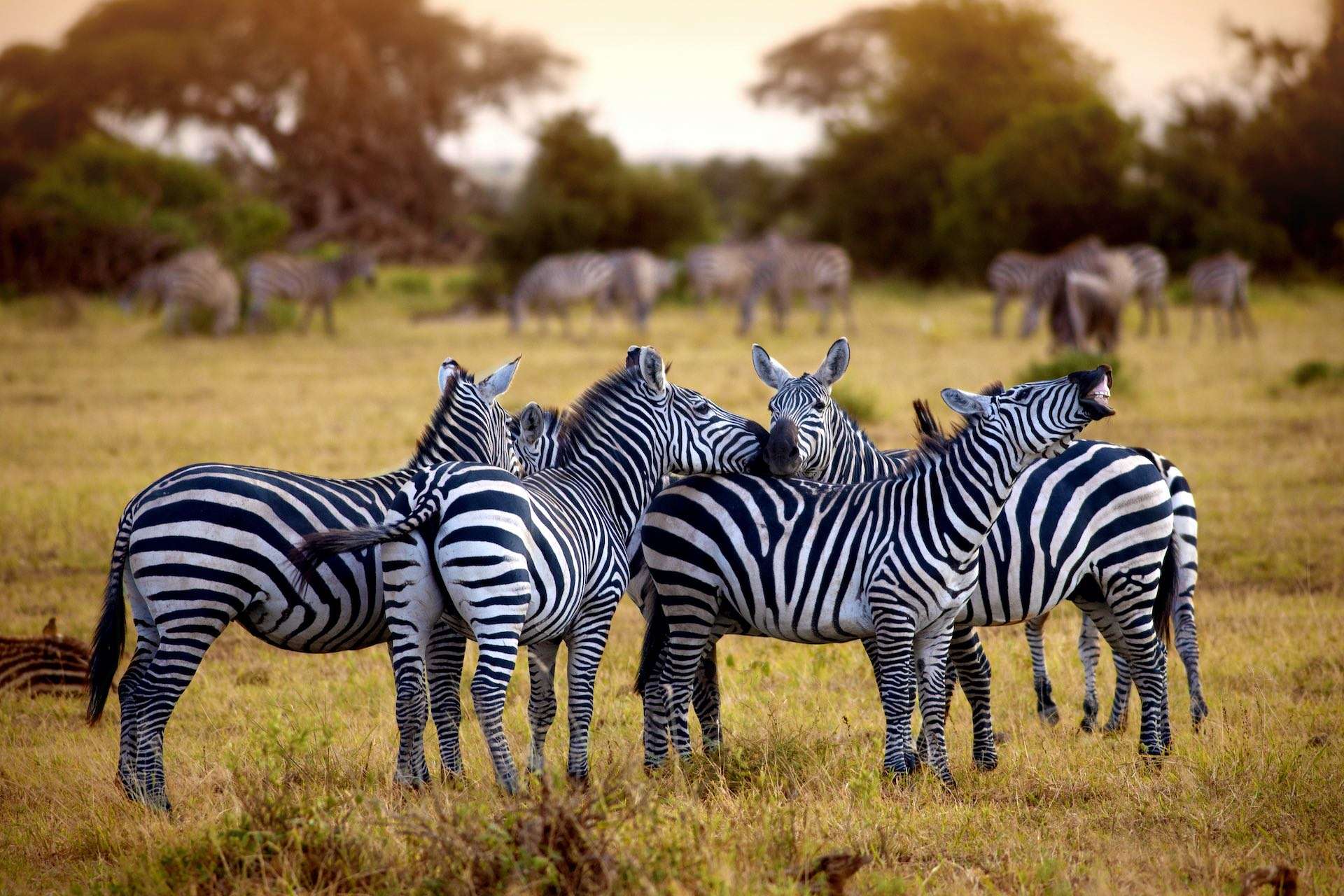
The Great Migration: The Greatest Show on Earth
The wildlife numbers in Tanzania are staggering, especially during the Great Migration. Each year, some 1.5 million wildebeests migrate between Kenya and Tanzania, with around 300,00 zebras in tow. They travel in a loop, dictated by the rains, and act together in a give-and-take relationship that is amazing in its effectiveness. Zebras feed on the tall grass, leaving shorter pastures for the wildebeests.
Many consider the times when the herds cross the Mara River—either on their way south over the border or on their way back north after the rains subside—the best periods to visit. The Mara River originates in Kenya and flows into the Mara Basin in Tanzania, which in turn feeds Lake Victoria.
Between December and March, the herds move further to the south towards the Ngorongoro Crater to calve. At the height of the season between February and March, there are upwards of 8,000 wildebeest calves born each day!
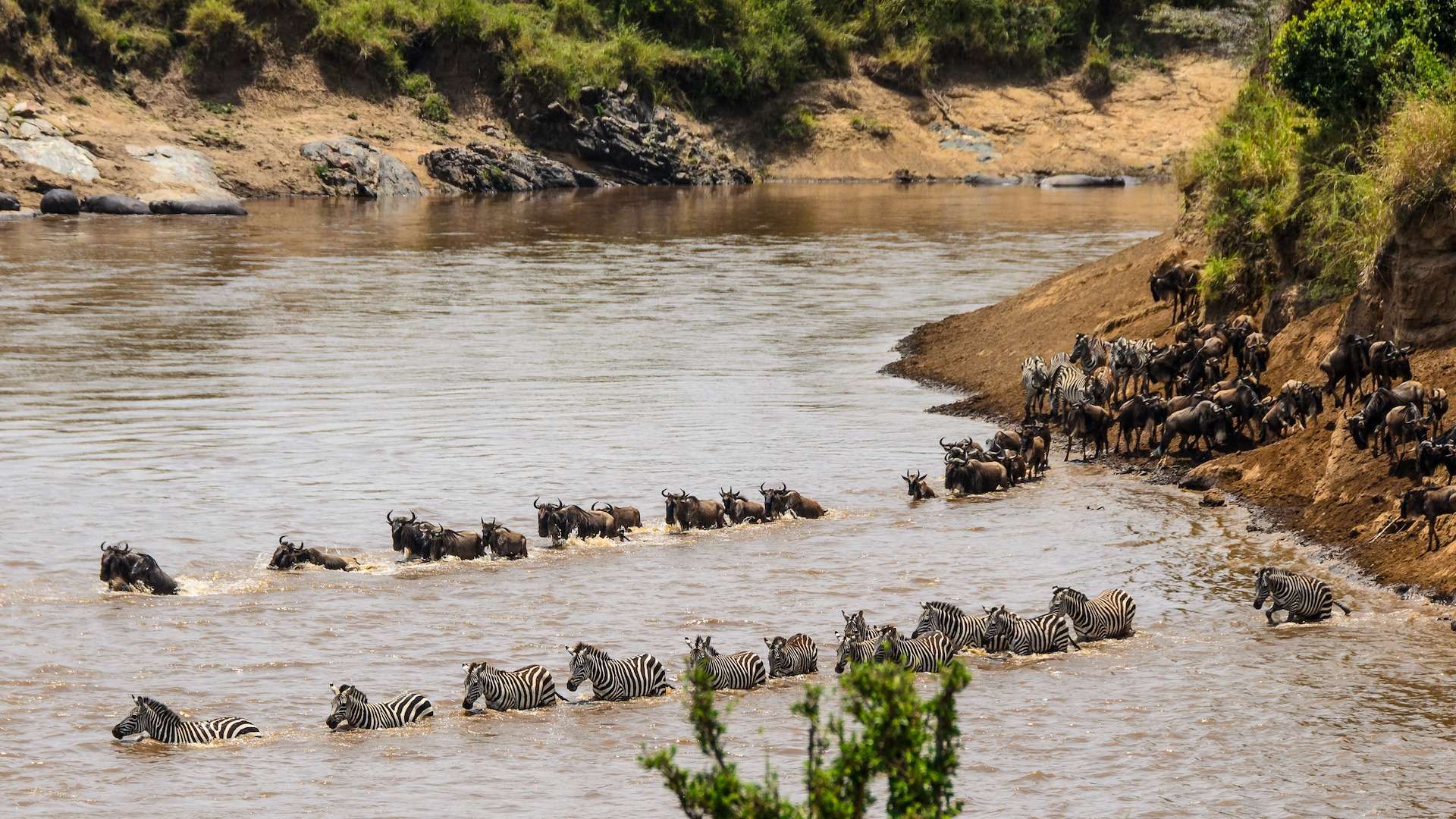
Where the Wild Things Rome: Ngorongoro Crater
Although it only spans about 100 square miles, the Ngorongoro Crater plays host to almost all of Africa’s big mammals. Upward of 25,000 large mammals—including all of Africa’s Big Five—can be found in the forests, grasslands and swamps around Lake Magadi on the floor of the largest intact caldera in the world. Noticeably missing is the giraffe, which prefers to stick to the plains about 2,000 feet above along the caldera’s rim.
Fed by the Munge River, the lake brings hippos and crocodiles to its waters. Flamingos and ostriches are among the hundreds of types of birds found here, totaling more than 500 at last count. Wildebeests, zebras and gazelles keep the crater’s eight prides of lions busy.
The crater’s one-of-a-kind ecosystem and geography are still sources of discoveries to this day. Its small size and the astounding number of species protected by its sheer walls offer those who visit a new perspective of the world’s wildlands and the importance of protecting such unique ecosystems.
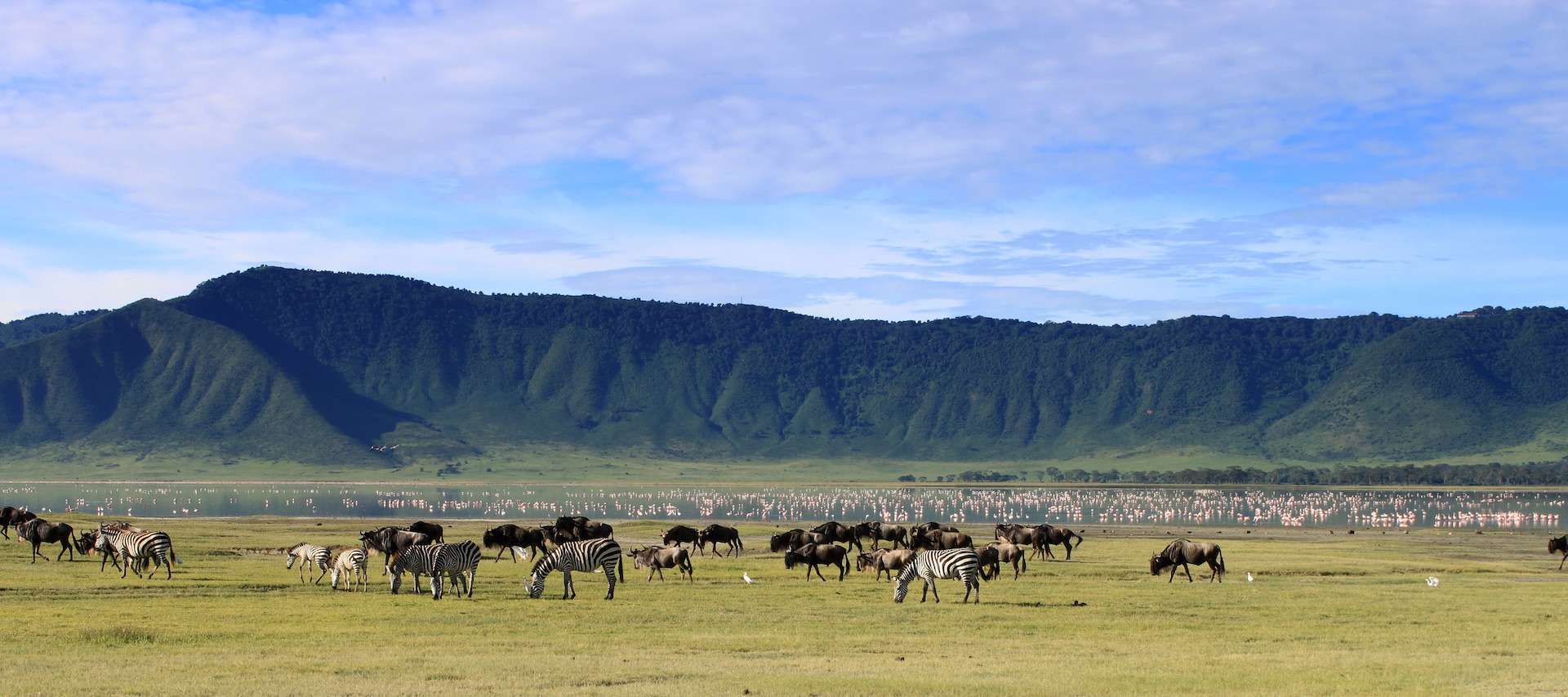
Protecting Tanzania’s Wildlife
No matter where you travel within Tanzania, parades of elephants, towers of giraffes, crashes of rhinos and leaps of leopards all have parts to play in the country’s wildlife pageant. Although there are many threats to the country’s wildlife, there are also numerous initiatives to help protect these animals and the people with which they share the land.
Conservation in this wilderness mecca often revolves around water. The annual rains swell rivers and bring the wildebeests and zebras to graze in the plains and basins of the East African Rift Valley. The country’s farmers rely on the Mara River and basin to grow crops, and the semi-nomadic Maasai people depend on the fertile plains to feed their cattle. Simply put, without healthy rivers, wildlife thins dramatically, and the bush way of life starts to fade along with it.
Unfortunately, the Mara River is shrinking. At its source in Kenya, deforestation is a major cause of the lack of water. As it gains strength downstream in Tanzania, the increased human population disrupts the flow of the river and hinders its health and that of the animals that rely on its waters.
Poaching poses another threat to the country’s wildlife—one that Tanzania’s government has cracked down on in recent years. In 2016, the country launched a major initiative to fight wildlife poaching, which resulted in an impressive 70% drop in illegal hunting. Tanzania’s elephant population rebounded by more than a third, and the rhino population increased by more than a quarter in just four years.
Not all hunting is illegal, but that doesn’t mean it isn’t detrimental. Tanzania also loses lions, elephants and other big game animals to trophy hunters. Other animals are felled when they clash with humans, often in retaliation for attacks on livestock and people.
Of course, the people of Tanzania also play a vital role in protecting the country’s wild animals. The Maasai people migrated south to Tanzania between the 17th and 18th centuries, and their ties to the land and its creatures are interwoven throughout their culture. For conservation to work, their support must be at the forefront of successfully managing the well-being of both people and wildlife.
Today, the Maasai act as nature’s stewards in Tanzania, often paid to patrol protected areas and traditional grazing grounds, on the lookout for poachers. Their villages and way of life are also at risk, with little access to water in the bush and dwindling expanses to continue their livelihood, giving them ample cause to pivot towards sustainable tourism.
Here are some specifics on Tanzania’s marquee animals and the threats they face, along with some conservation success stories:
Elephants
The African savanna elephant is listed as endangered by the International Union for Conservation of Nature, due in large part to poaching that supplies the illegal ivory trade. However, as mentioned above, recent measures to combat illegal hunting have resulted in a sharp rise in Tanzania’s elephant population. The most recent counts estimated that there were around 60,000 elephants in the country in 2019 (up from 43,000 in 2014). And in 2020, the Ministry of Natural Resources and Tourism stated that the number of elephants in the Serengeti Ecosystem had risen to 7,061 (up from 6,087 in 2014).
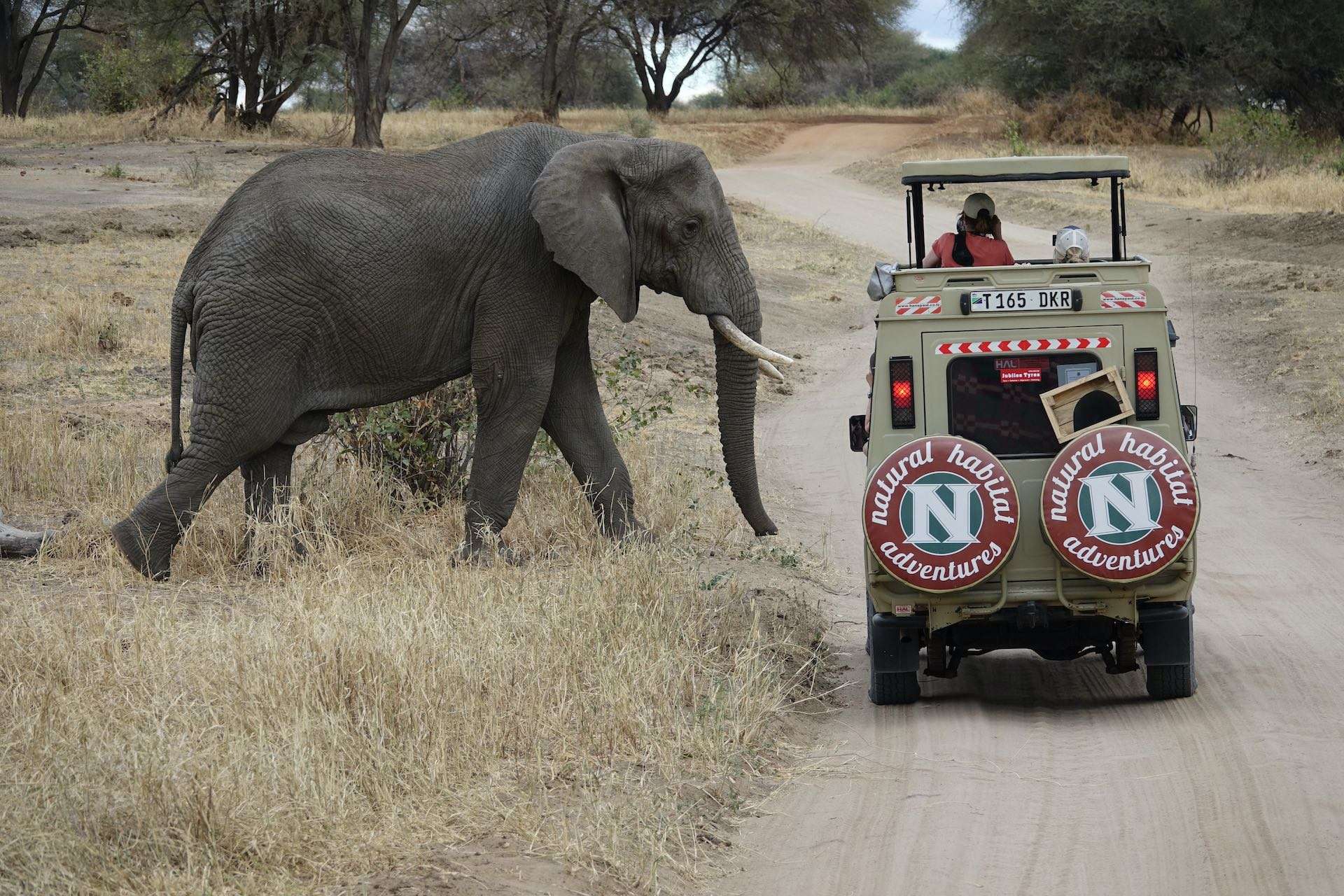
© Emily Kautz
Giraffes
In another inspiring conservation win, the Maasai giraffe’s numbers in Tanzania are also on the rise, bouncing back 44% from seven years ago. We often spot the tall creatures on game drives and in the more secluded areas that Nat Hab visits on our East African safaris.
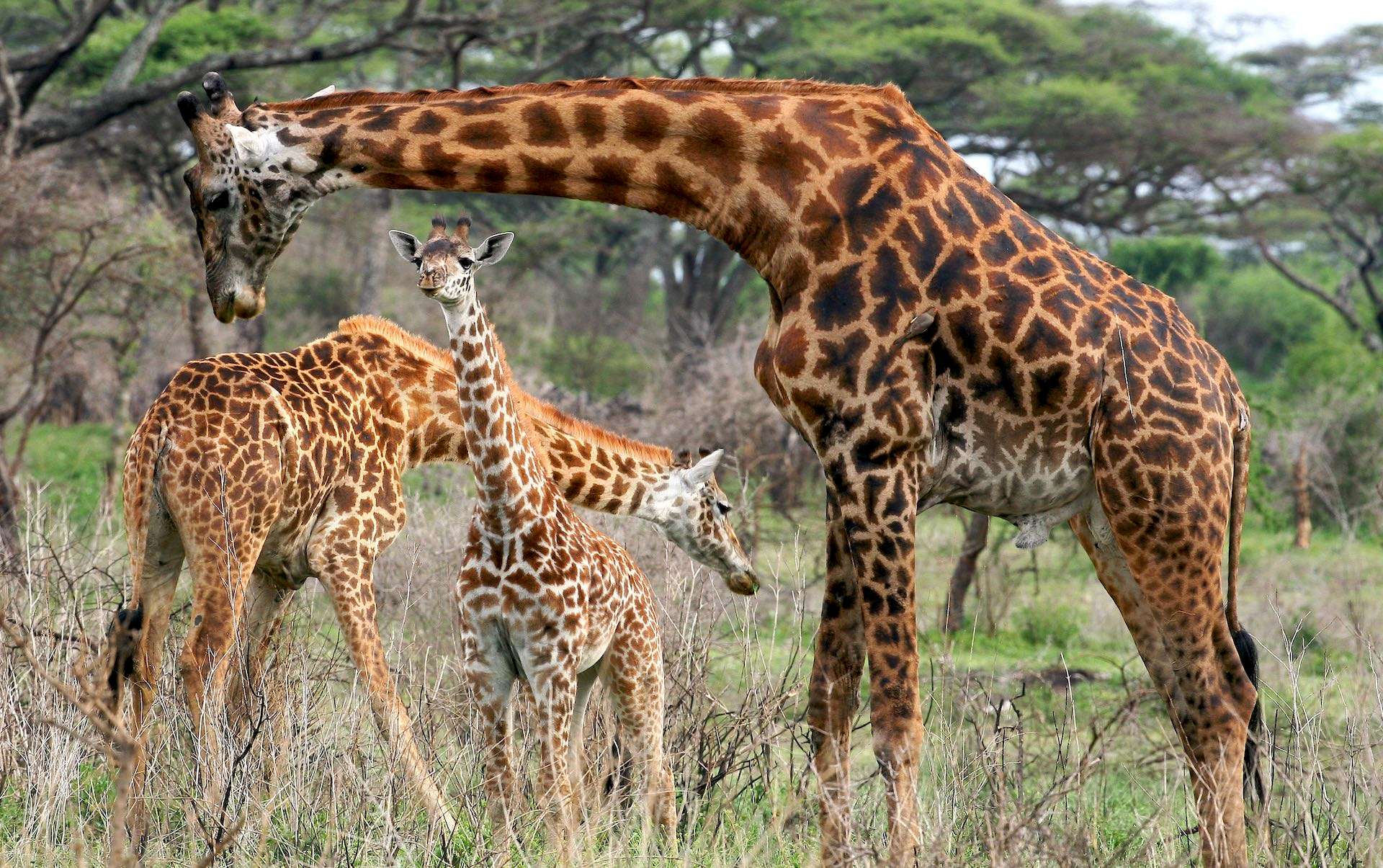
© Stanley Doctor
Black Rhinos
Ngorongoro’s crash of more than 20 black rhinos is growing, the result of a rhino conservation project between the Frankfurt Zoological Society-Serengeti Conservation Program and the Ngorongoro Conservation Area Authority. The project started in 1993, when the crater’s rhino population stalled at just 12. It involves rigorous observation and monitoring, as well as anti-poaching initiatives.
The project extended its reach to the Serengeti National Park in 1995. Since that time, Serengeti has enjoyed a 13% increase in the number of black rhinos, while the number of black rhinos in Ngorongoro has increased by 6%.
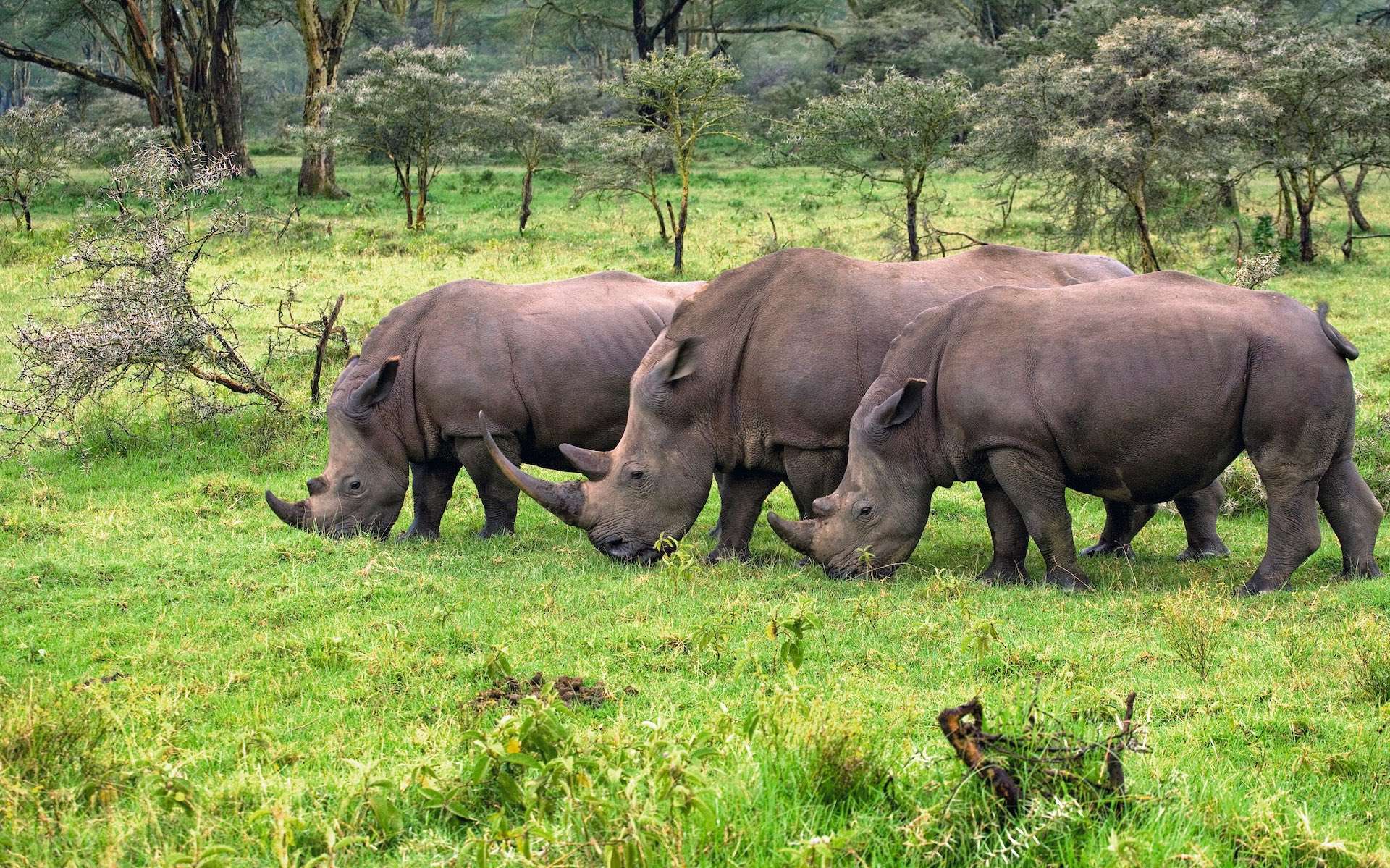
Big Cats
Lions and leopards also frequent the areas around our camps, including Lemala Nanyukie Tented Lodge in the Serengeti. The camp’s secluded location on the grassy savanna, surrounded by clusters of acacia trees and rocky outcroppings, or kopjes, increases the chances of spotting big cats.
Cheetahs
Located southeast of Lemala Nanyukie, the nearby Soit Le Motonyi region was closed to the public for 20 years (it reopened in 2014) to allow the cheetah population to rebound. Today, between 50 and 80 cheetahs live in the area.
The Serengeti Cheetah Project, a long-term study by the Zoological Society of London, follows individual cheetahs in the area through generations. Now, armed with more than 30 years of data, the study’s research helps shape policy for protecting the elusive cats.
You can help cheetahs while on safari with the click of a button! Spotting a cheetah in the Serengeti is a highlight for many who visit, and capturing a photo of one is on most safari-goers’ bucket lists. Submitting your pictures to the Serengeti Cheetah Project helps their research by giving them important data about the location and habits of individual cats.
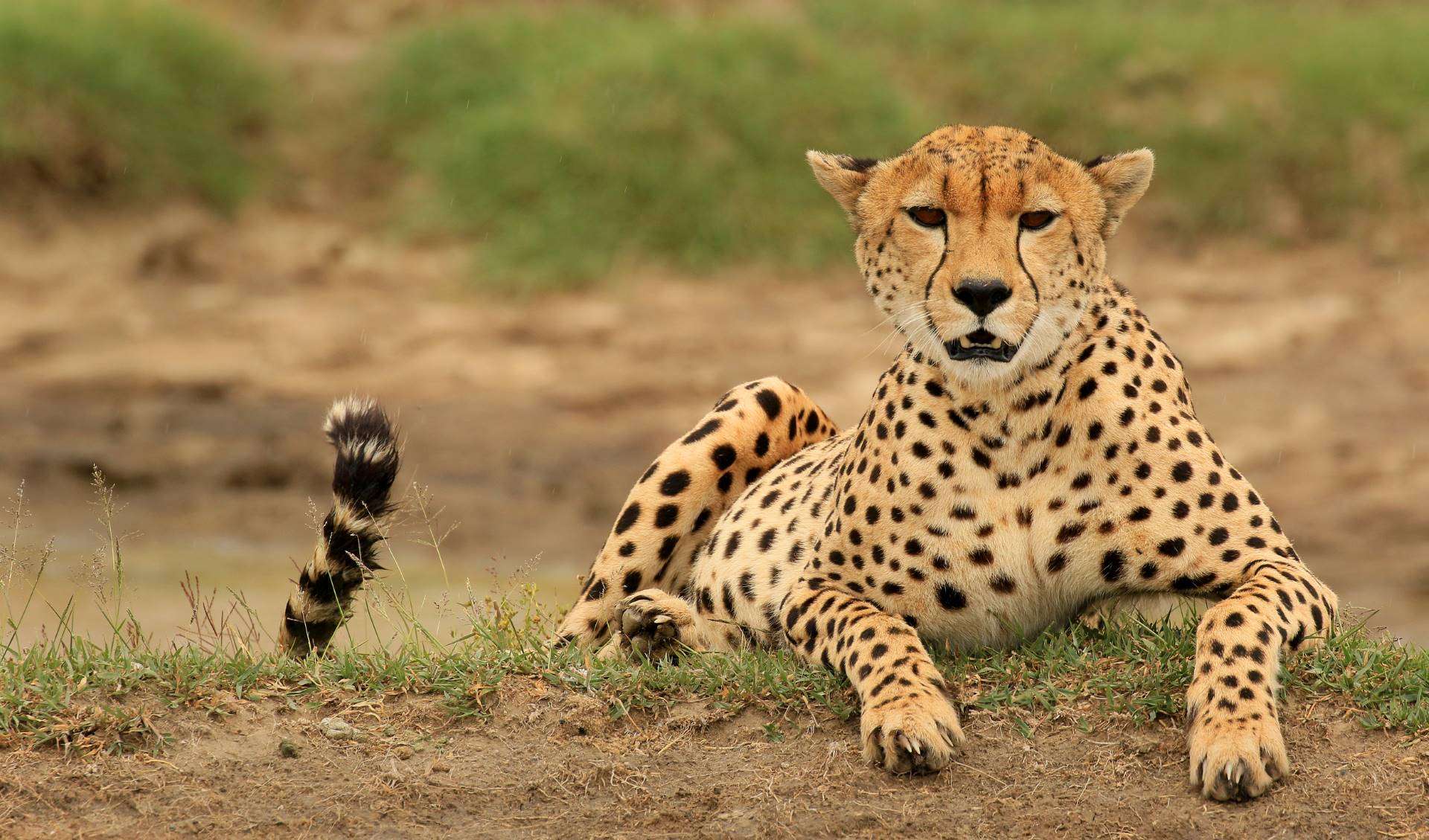
© Eric Rock
Lions
More than 2,000 lions live in the two protected areas we visit during our Tanzania safari. They’re often seen on the plains of the Serengeti during and after the Great Migration when the grass is short.
The lion population here is more than just part of the show. The Serengeti Lion Project has been studying the resident predators since the 1970s. Through firsthand accounts from daily rounds, camera traps and citizen science projects that aim to map the lion’s interactions with the other members of the herd, the project’s groundbreaking work has helped pave the way for effective conservation strategies.
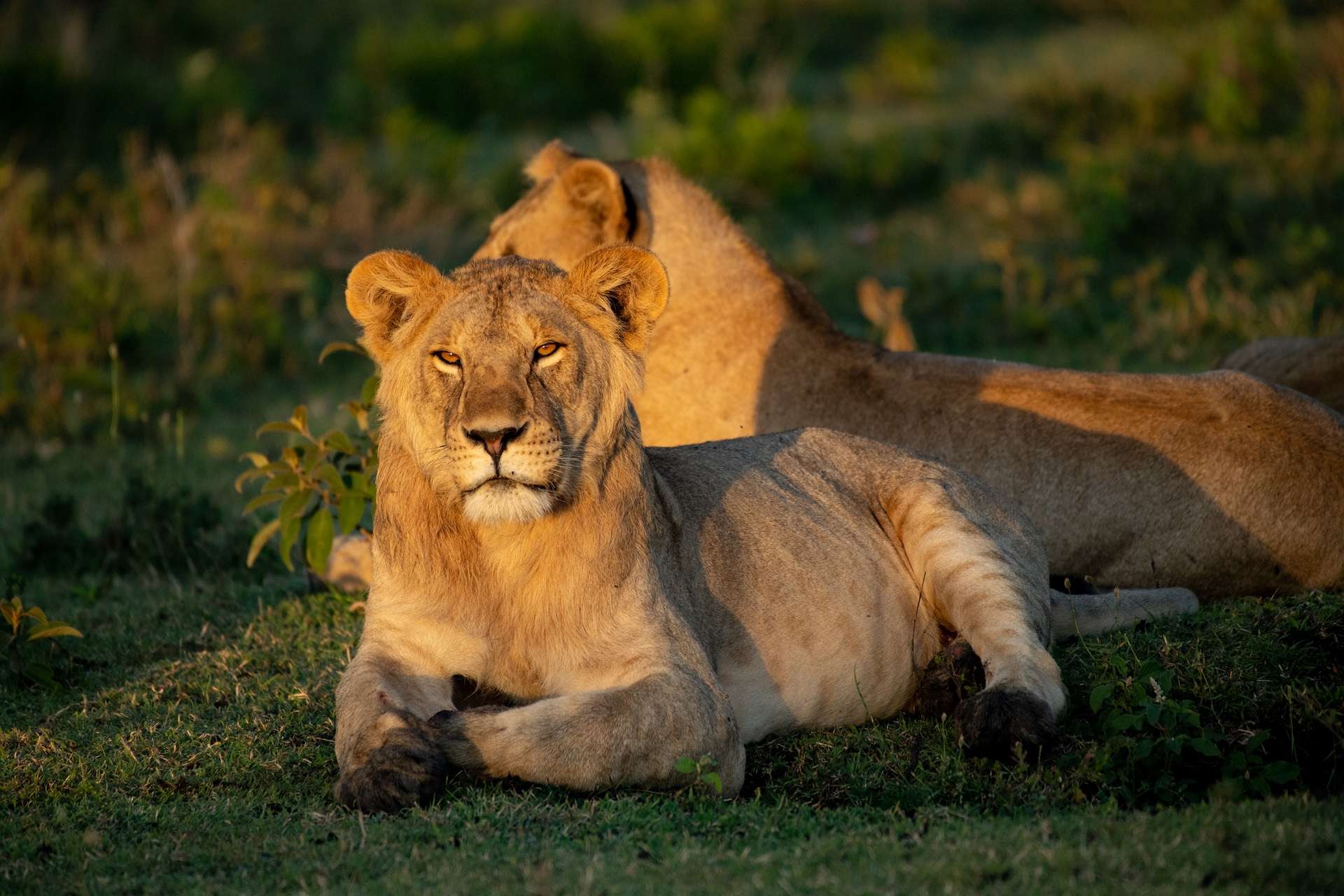
© Paul Joynson-Hicks
Conservation Through Exploration
With the World Wildlife Fund as our conservation travel partner, Nat Hab’s Tanzania safaris take you to the front lines of the current conservation initiatives underway in the country. Our expert guides offer a best-in-class journey into the heart of the region, not only introducing you to the country’s iconic wildlife, but also to its people and what they’re doing to protect their land and the animals that live on it.
The camps where we stay bring back the classic safari style while adding their own sustainable twist, and our private mobile safari camp offer allows us to move with the herds as they migrate, making quick work of finding the right spots that give our guests easy access to wildlife while staying well away from the fray.
Learn more about the work the WWF is doing in Coastal East Africa, including updates on the progress regarding the flow of the Mara River in Kenya and Tanzania.

